Free stock photo of formula 1
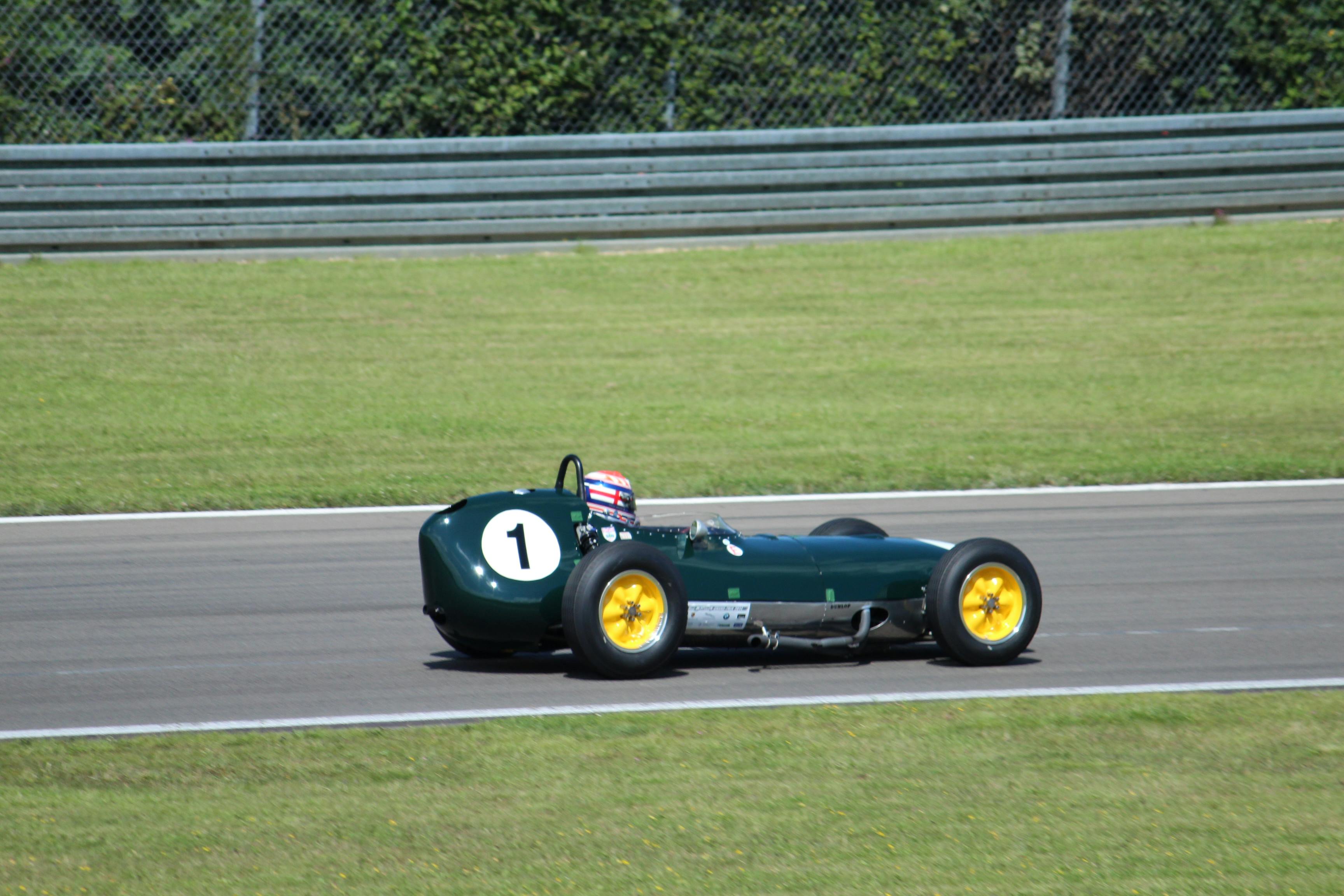
A Formula One car or F1 car is a single-seat, open-cockpit, open-wheel formula racing car with substantial front and rear wings, and an engine positioned behind the driver, intended to be used in competition at Formula One racing events.
Pin on Graphic Design

The gas consumption of a 2022 Formula One car is approximately 7,09 miles per gallon (39.85 liters/100km). Unfortunately, this is only an estimate as we do not know the impact of other factors such as altitude, the different track types, and how the aerodynamic setup affects gas consumption.
The Formula 1 Rule Changes & Their Relevance To Road Cars

Remember, 'dirty air' - the heavily disrupted airflow coming off a car - is one of the major reasons why drivers struggle to follow one another closely, and it's the key challenge the designers of the 2022 car have tried to tackle to ensure close racing.. How the 2021 and 2022 Formula 1 cars compare googletag.cmd.push.
Free stock photo of formula 1
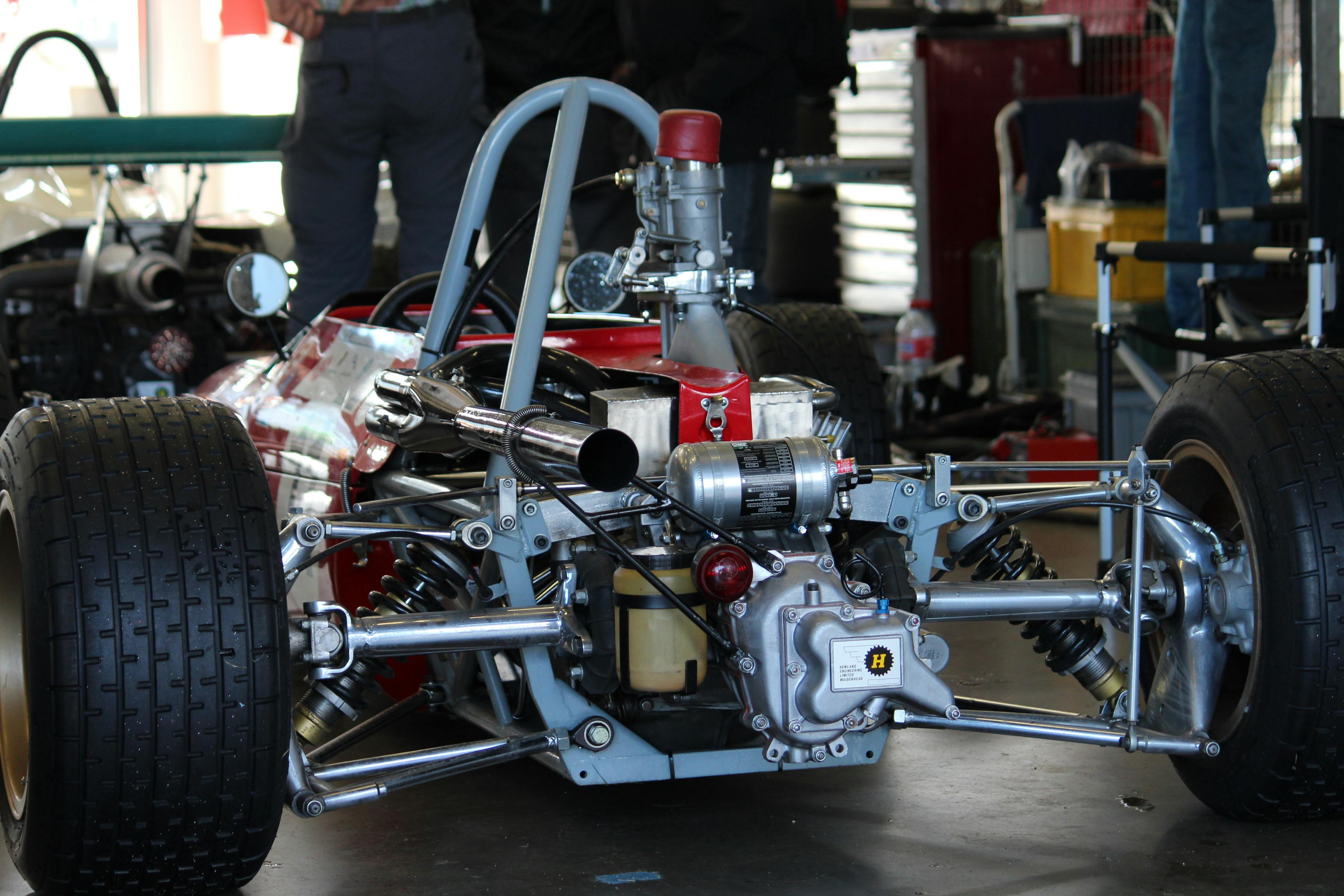
Here are the 10 key things you need to know about the game-changing 2022 car, a full-scale model of which broke cover at the 2021 British Grand Prix. 1. It's been designed specifically to promote better racing. The 2022 regulations, originally slated to arrive in 2021 but delayed by Covid-19, had one guiding principle: to allow closer racing.
Free stock photo of formula 1

F1 Racing Simulator. Surfers Paradise. (Supplied) Experience the ultimate highs in professional F1 simulation and benefit from great pricing with this state-of-the-art pro-driving experience. F1.
Pin by tcl0817 on Motors Race cars, Classic racing cars, Formula one

An F1 car can go about 190 miles (305 km) on a full tank of fuel at race speeds. This is the length of a normal F1 race, and while teams may not fill the tank all the way to save weight, because an F1 car gets low mileage at such high speeds, they couldn't go much further without going slower.
Is Mileage or Age More Important When Buying a Used Car?
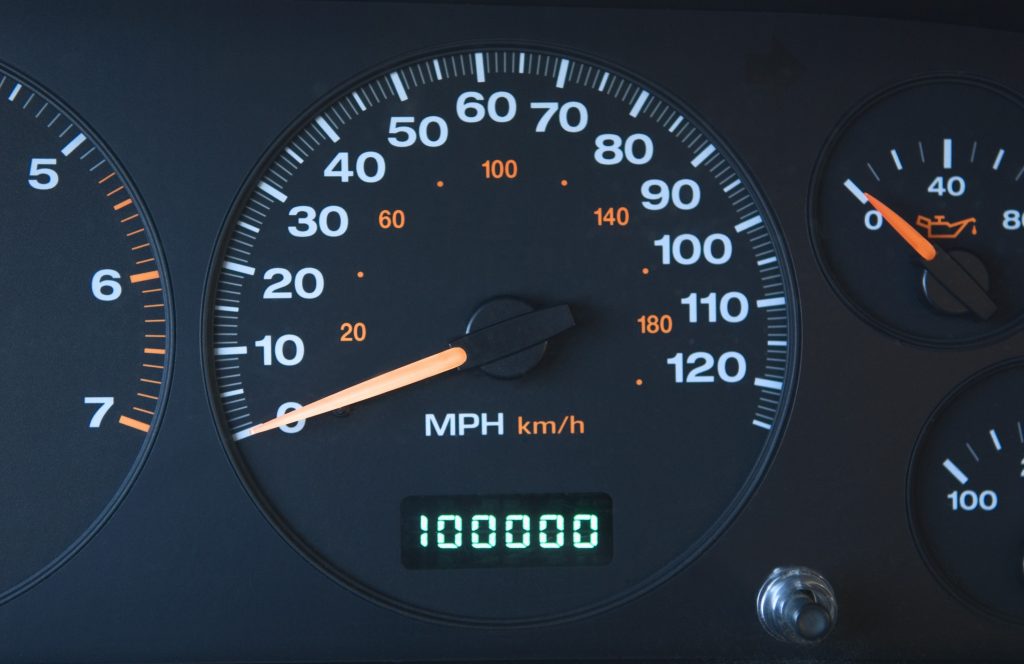
Formula One cars use gasoline as a fuel for their engines. For most of the teams, these fuels are supplied for free by a technical partner that is usually a worldwide manufacturer.. The same statement also clarifies the importance of fuel economy besides the shorter pitstops. In current Formula One racecars, fuel consumption can.
Carson's Car Pics Ferrari F2014 Formula 1 Car
Top Formula 1 Articles. The Beginners Guide To Formula 1; How a Formula 1 Internal Combustion Engine Works; How Does A Formula 1 Steering Wheel Work? The Suspension Of A Formula 1 Car; Formula 1 Brake Systems; How A Formula 1 Race Is Televised; The Logistics Of A Grand Prix; How The Undercut Works In Formula 1; How Long Do Formula 1 Engines Last?
F1 Tire Prediction
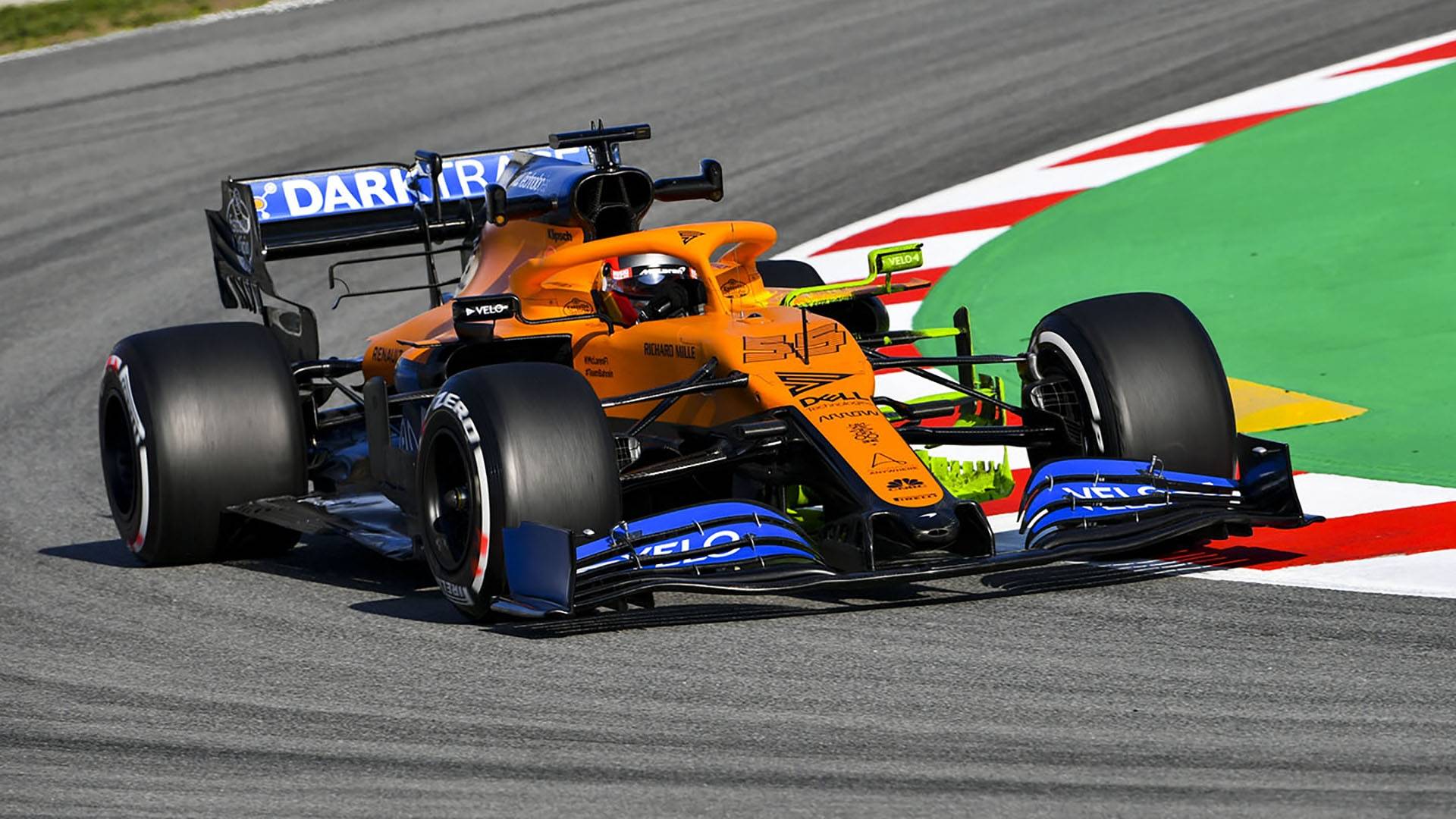
Cost: Around 15 million euros. Sticking an actual price tag on a current F1 car is difficult. An F1 team may spend $145.6 million (just adjusted for higher transportation costs plus inflation) in.
Andries van Overbeeke Formula 1, Mclaren, Canadian grand prix

What is Formula 1? Formula 1 is one of the world's most popular motorsports. As fans of the sport will be well aware, drivers and race teams take part in a series of races at locations across the globe. In 2019, there were 10 race teams with two drivers each, meaning a total of 20 F1 drivers and cars.
NFL f1 racing formula 1 cars f1 racing illustration f1 racincars

The typical Formula One race car is about 7.1 miles per gallon. That's a judgment call by professionals, guessing at the mpg because Formula One race teams don't have to release their miles per gallon statistics. If they don't release them, no one knows. Fuel consumption in an F1 racecar is also a byproduct of what the car is designed to do.
Formula One Racing Cars and Their WorldClass Engineering

F1 cars can use a maximum of 110 kilograms of fuel per race (305km / 190 miles), however they don't always fill the car with that much fuel. This is because the more fuel a car starts with.
Lotus 88 1981 Belgian Grand Prix, British Grand Prix, Formula Racing

Formula 1 cars use an average of 110 liters of fuel per race. The average F1 car consumes fuel at a rate of 3.5 liters per kilometer. Approximately 16% of the total weight of an F1 car is fuel. On average, a Formula 1 team uses 350,000 liters of fuel during a full season.
These roadlegal cars boast Formula 1 DNA

A Formula 1 car on track. Photo by: Mark Sutton / Motorsport Images When does the process start? Designing an F1 car takes much longer than you might think. Top teams actually start work on new.
Formula 1 Car Racing Backdrop backdrop backdrops backdropsaustralia

Let's start with the basics - an F1 car will consume around 160 liters (42 gallons) of fuel during a race. Of course, you have to consider the fact that these numbers will change as the circuit length varies. This amount may seem like a lot, but it's actually quite normal considering the high-speed nature of the sport.
Classic Formula 1 Racing Car
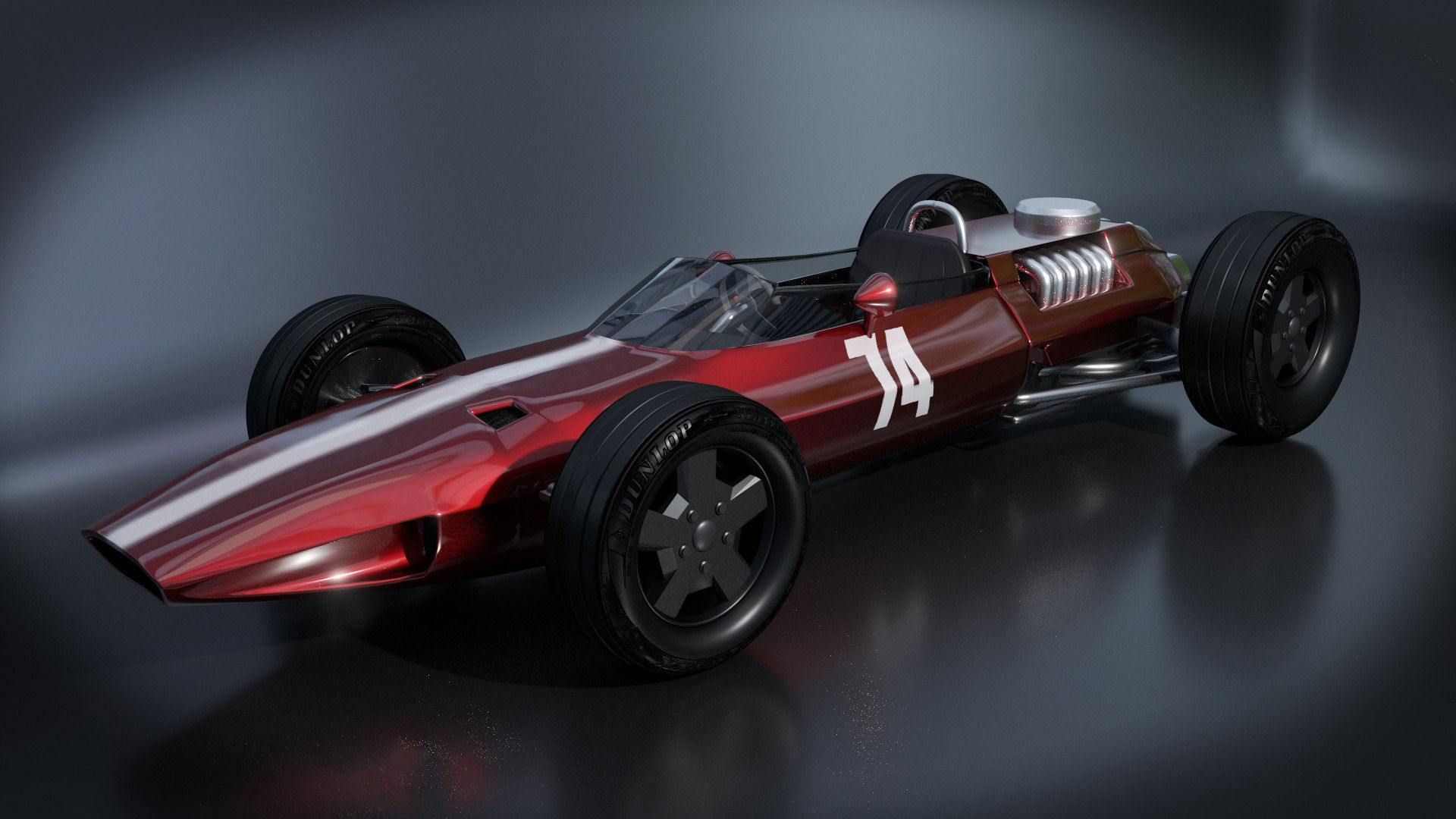
Each Formula 1 car is made up of around 14,500 individual components*, and every item is bespoke, with Computer Aided Design (CAD) used to develop the parts and Computer Aided Manufacture (CAM) or hand processing to build them.. Every part is given a mileage or time-based 'life' after which it must be removed and replaced, and.